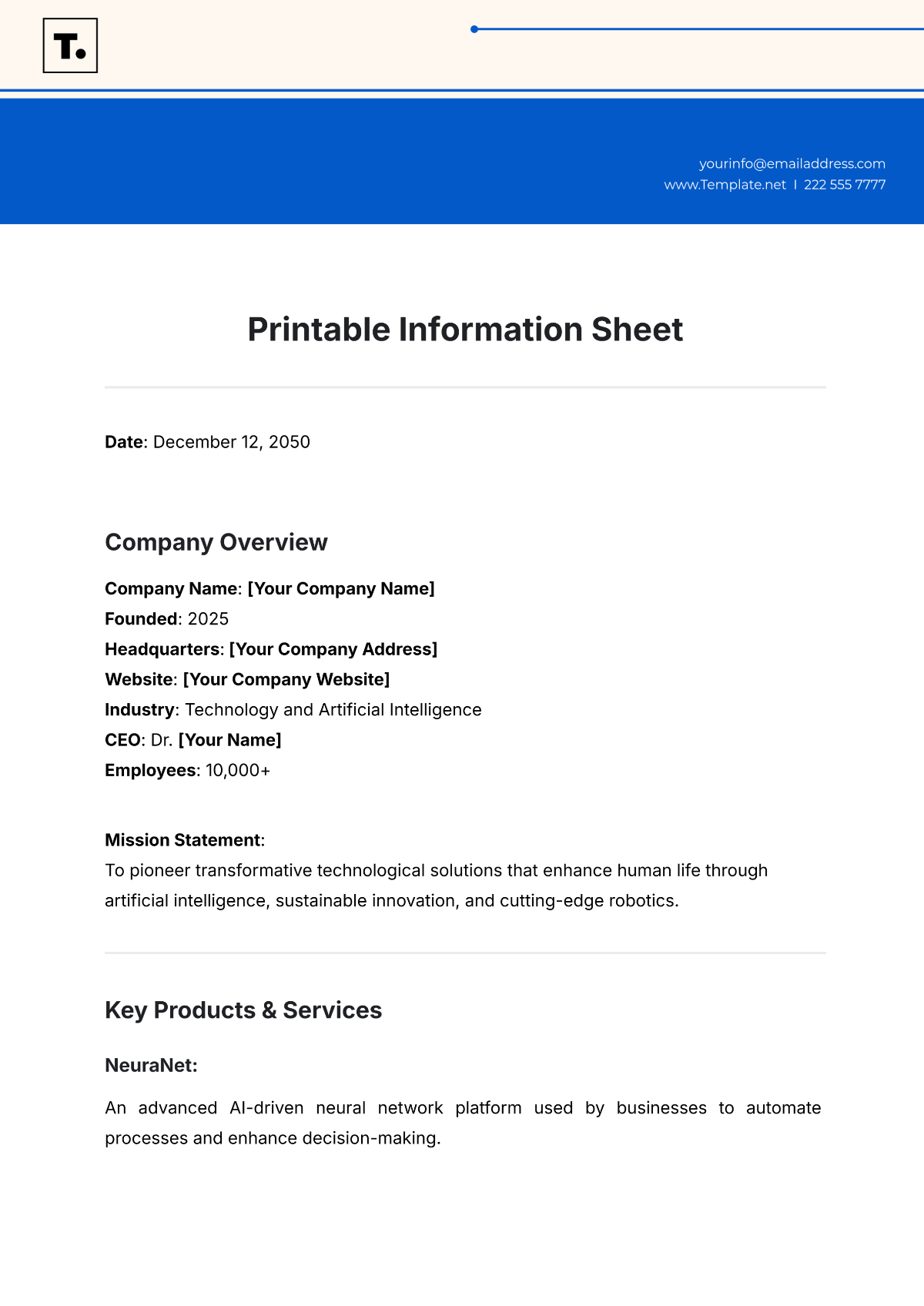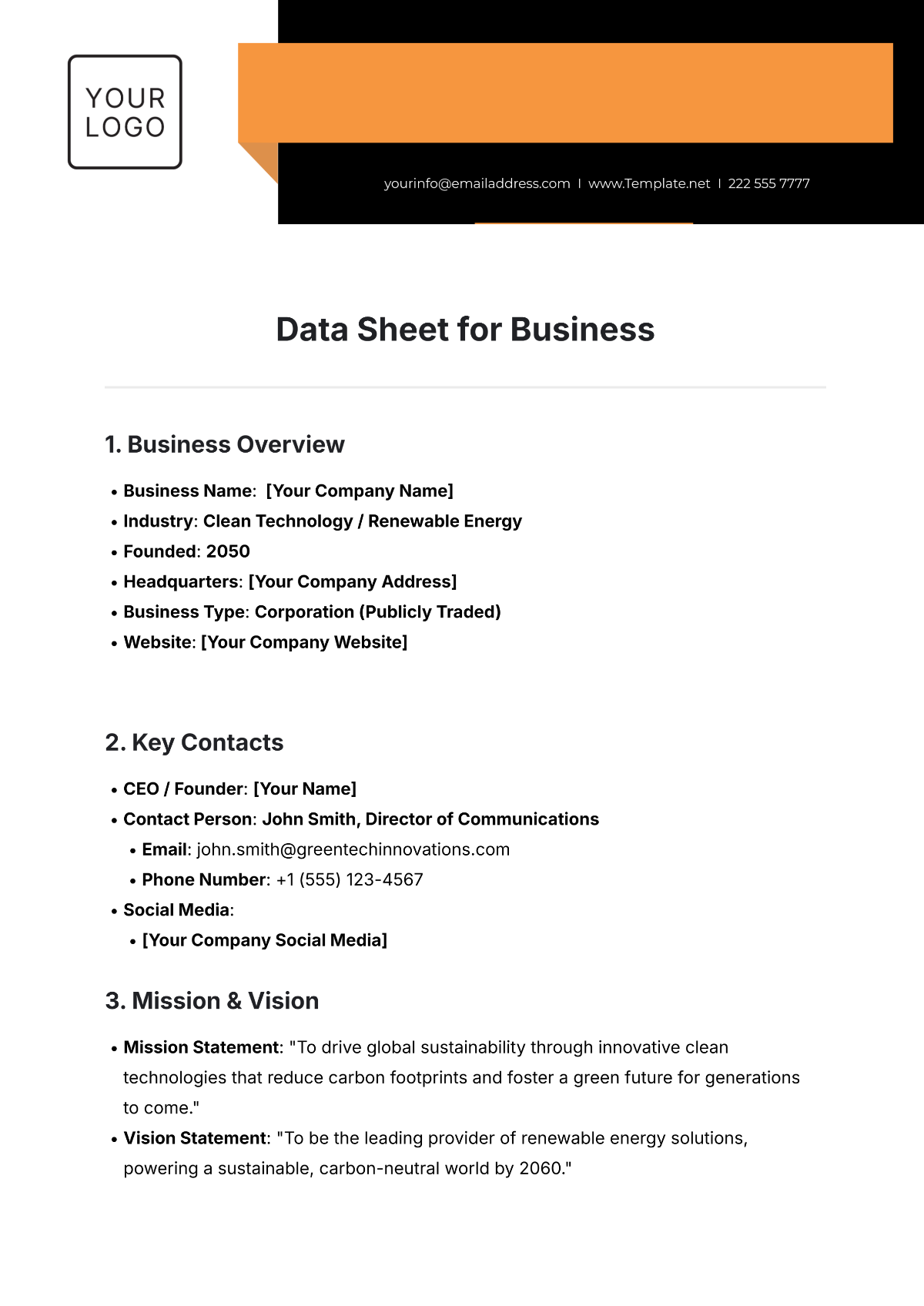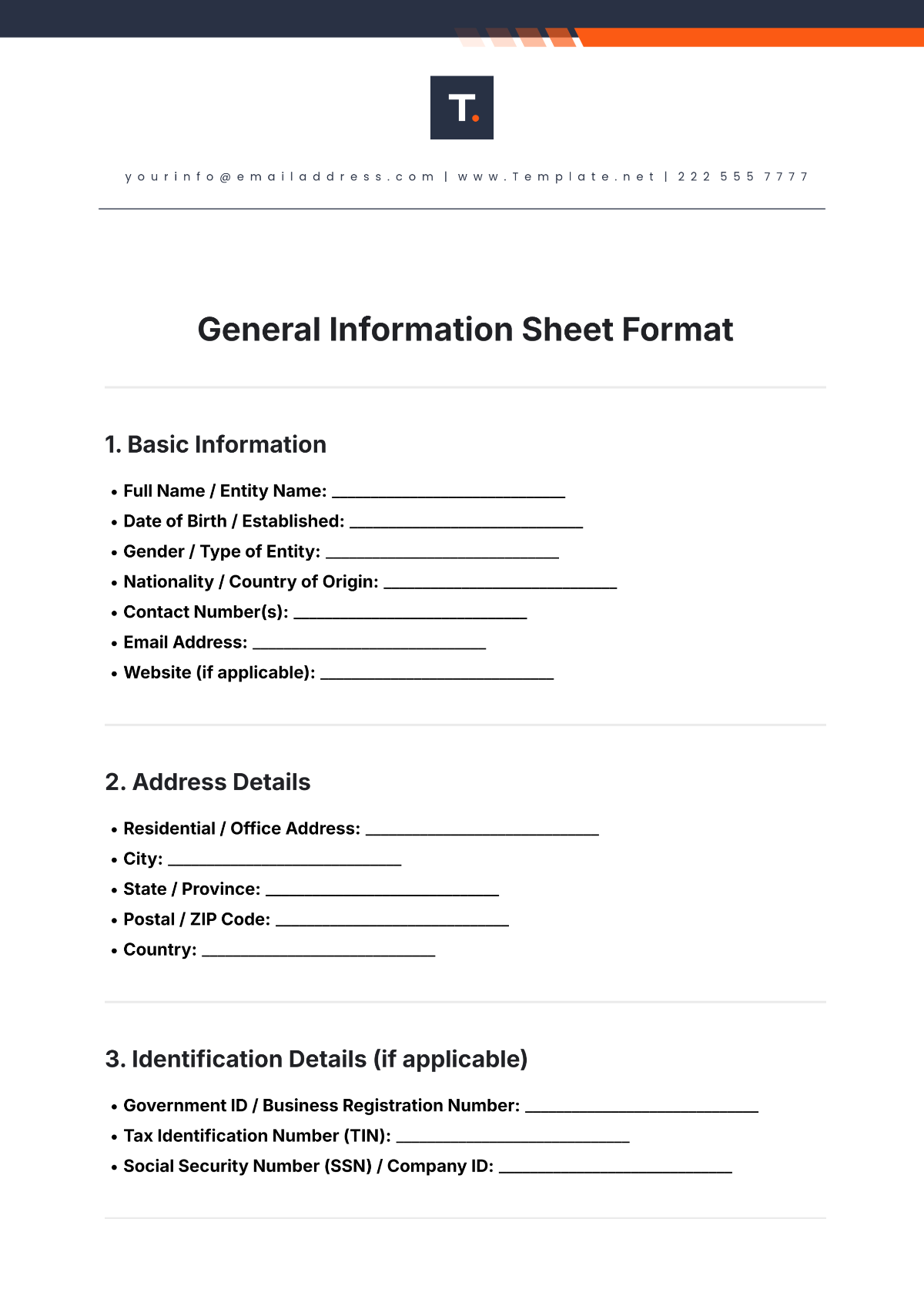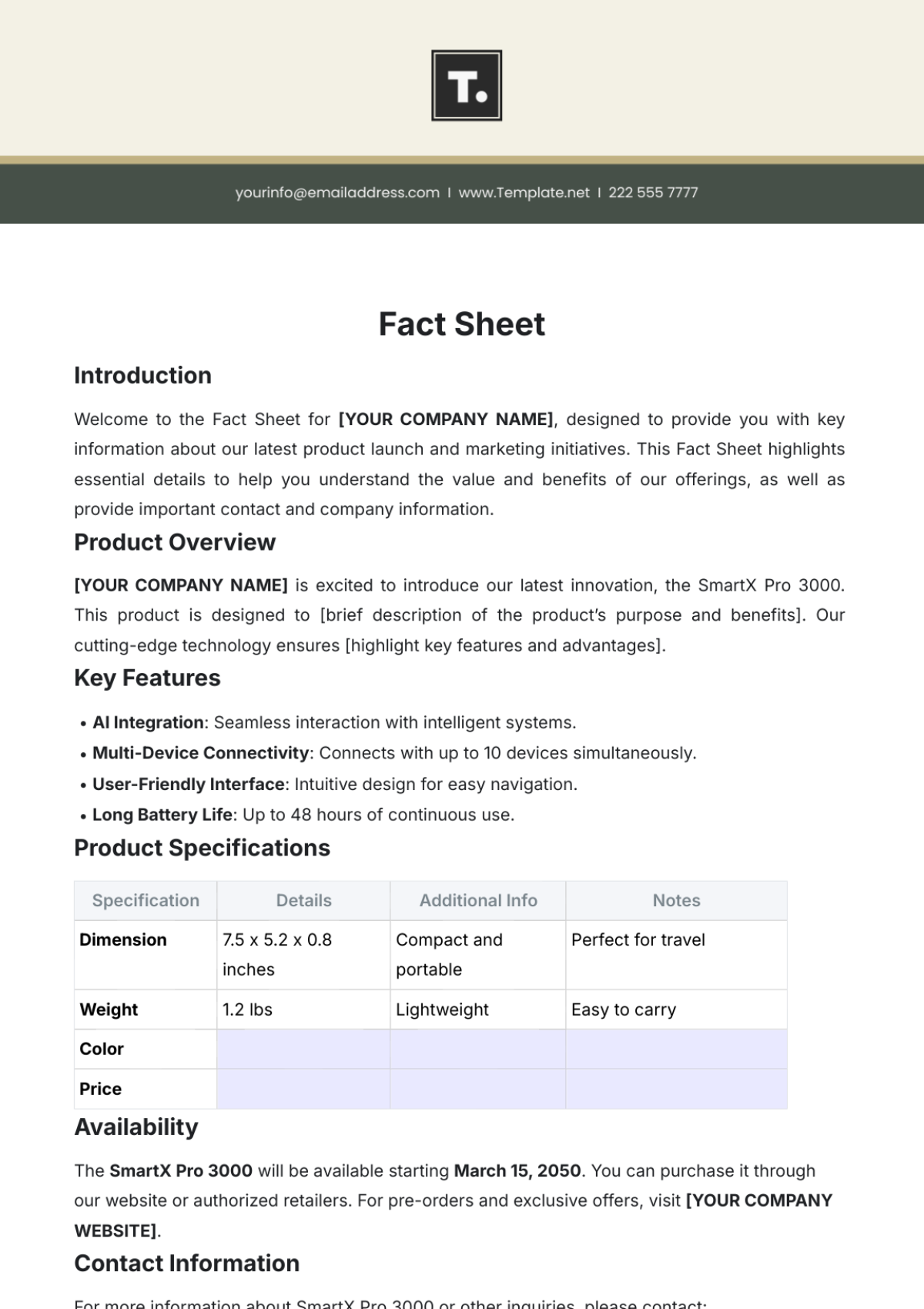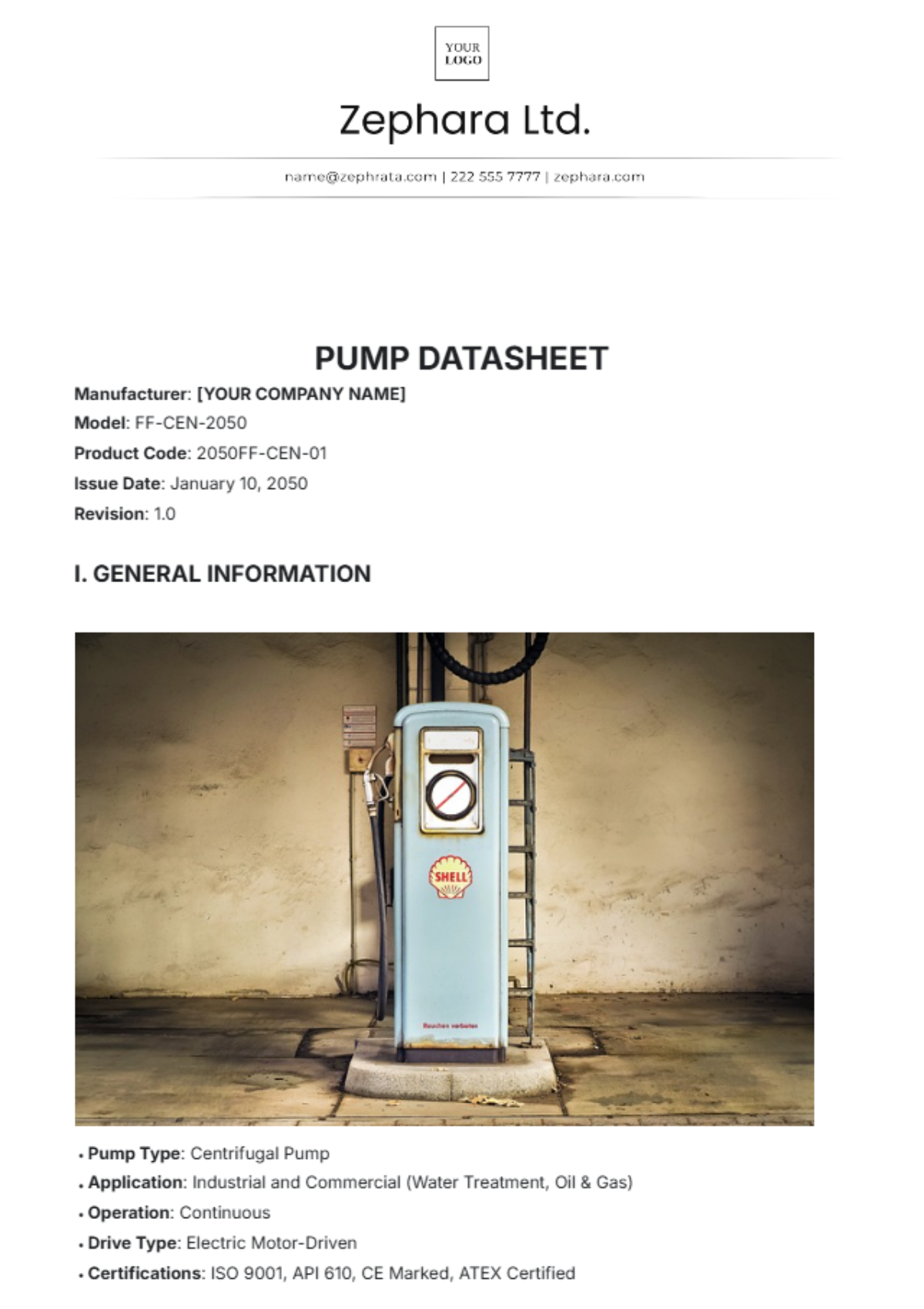Health Fact Sheet
I. INTRODUCTION
We would like to extend a warm welcome to you for showing an interest in the Fact Sheet on Cardiovascular Health, which is a crucial part of the Public Health Awareness Initiative. The main purpose of this informational document is to deliver fundamental knowledge about cardiovascular health. Our primary aim is to increase awareness among the general public and empower each individual. By understanding their heart health better, they will be equipped to make informed and sound decisions about their heart health, shaping their actions to ensure optimal cardiovascular well-being.
II. KEY STATISTICS
A. Prevalence
According to worldwide estimates, it is believed that approximately thirty percent of the adult population is affected by various forms of cardiovascular diseases. These illnesses, which impair the heart and blood vessels, pose serious health threats to a significant portion of the global community. Further adding to this concern is the consistent increase in the number of reported cases each year. On an annual basis, there is a notable upswing in the occurrence of these diseases by nearly ten percent, indicating a persistent growth that only intensifies the dire magnitude of this health issue.
B. Risk Factors
Sedentary Lifestyle: Refers to a sedentary lifestyle that can lead to health issues like obesity and heart disease. Regular exercise can reduce these risks and enhance well-being.
Poor Diet High in Saturated Fats and Sodium: A saturated and sodium-rich diet, common in fried foods, fatty meats, dairy, processed foods, and snacks, increases the risk of heart diseases, high blood pressure, stroke, and obesity. A balanced diet with fruits, veggies, whole grains, and lean proteins can reduce these risks.
Smoking: Smoking causes various preventable diseases and premature death globally, elevating the risk for conditions like lung cancer, heart disease, etc. To reduce these risks and improve health, quitting smoking is recommended.
High Blood Pressure (Hypertension): High blood pressure (hypertension) is a widespread issue involving excessive blood force against artery walls. If ignored, it can cause severe health issues like heart disease, stroke, kidney disease, and vision loss. Preventive measures include healthy weight, reduced sodium, regular exercise, less alcohol, and stress management.
Obesity: Obesity, a condition marked by excess body fat, can lead to serious health issues like diabetes, heart disease, stroke, high blood pressure, certain cancers, and sleep apnea. Maintaining a healthy diet and exercise habits plus access to nutritious food can prevent and manage this condition, thereby improving overall health.
III. SYMPTOMS
A. Common Symptoms
This subheading categorizes the symptoms into common manifestations experienced by individuals affected by the health topic. It sets a structure for the presentation of symptoms, making it easier for readers to navigate through the information.
Chest pain or discomfort
Shortness of breath
Fatigue
Dizziness or lightheadedness
Irregular heartbeat
B. Severity
The type of symptoms that can be observed can range noticeably, from something as simple as mild discomfort to scenarios as grave as life-threatening emergencies. It is vital and non-negotiable that you seek immediate medical help if you find yourself confronted with experiences of severe chest pain or are struggling with breathing.
IV. PREVENTION AND LIFESTYLE TIPS
A. Healthy Habits
Engage in regular aerobic exercise such as walking, jogging, or swimming for at least 30 minutes most days of the week.
Maintain a diet rich in fruits, vegetables, whole grains, and lean proteins.
Limit intake of processed foods, sugary beverages, and foods high in saturated fats.
Avoid smoking and exposure to secondhand smoke.
B. Risk Reduction
Monitor and manage blood pressure, cholesterol levels, and blood sugar.
Aim for a healthy weight through a balanced diet and regular exercise.
Manage stress through relaxation techniques such as deep breathing, meditation, or yoga.
V. DIAGNOSIS AND TREATMENT
A. Diagnosis
The common procedures used for diagnosing include an electrocardiogram, which is also known as ECG, an echocardiogram, which uses sound waves to create a detailed image of the heart, stress tests, where the heart's response to exertion is measured, and coronary angiography, which is a specialized test that utilizes a dye and special x-rays to see inside the arteries.
B. Treatment Options
Conventional Treatment Options:
Medication: Describe common medications used to manage the condition, including dosage, side effects, and precautions.
Therapy: Outline different types of therapy available such as physical therapy, cognitive-behavioral therapy, or occupational therapy.
Surgical Procedures: Briefly explain surgical interventions if applicable, highlighting benefits, risks, and recovery process.
Alternative Treatment Approaches:
Herbal Remedies: Provide information on herbal supplements or traditional remedies that are commonly used as alternatives to conventional treatments.
Acupuncture or Acupressure: Explain how these practices may help alleviate symptoms and improve overall well-being.
Mind-Body Therapies: Discuss techniques like meditation, yoga, or tai chi, and their potential benefits in managing the condition.
Lifestyle Modifications and Self-Care Strategies:
Diet and Nutrition: Offer dietary recommendations or restrictions that may benefit individuals with the condition.
Exercise and Physical Activity: Guide suitable exercise routines or activities that can support treatment goals and improve overall health.
Stress Management Techniques: Suggest relaxation techniques, mindfulness practices, or stress-reduction strategies to complement other treatment approaches.
VI. RESOUCES
A. Support Groups
There exists a local group whose primary design purpose is to offer the necessary support and resources to those individuals who are currently encountering difficulties with their heart conditions.
B. Educational Materials
If you're interested in educational articles, healthy recipes, and crucial tips for maintaining a heart-healthy lifestyle, please consider visiting the American Heart Association website. This platform serves as a rich resource for keeping your heart in its best shape and improving your overall health.
VII. CONCLUSION
We want to express our gratitude to you for dedicating your time to peruse and understand our Fact Sheet that is focused on cardiovascular health. It's our sincerest hope that the information we have shared has aided in expanding your understanding and knowledge of the complexities of heart health. Further, we also hope that this data will be constructive and beneficial in advocating and contributing towards the betterment of your overall cardiovascular wellness.
Contact Information
[YOUR NAME]
Email: [YOUR EMAIL]
Company Name: [YOUR COMPANY NAME]
Company Number: [YOUR COMPANY NUMBER]
Company Address: [YOUR COMPANY ADDRESS]






